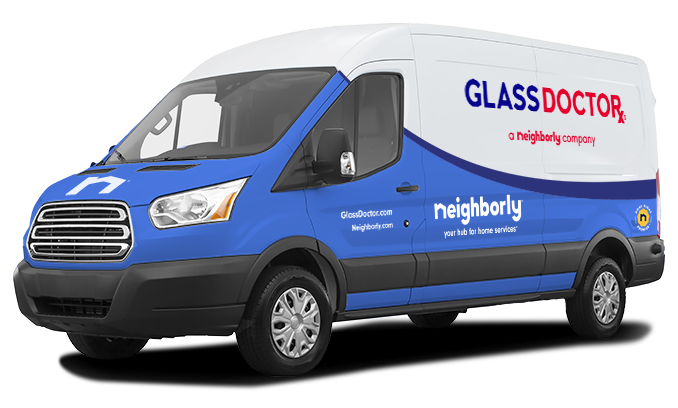Safety glass is essential for all kinds of projects from patio furniture and shower doors to business storefronts. There are two different break-resistant solutions: laminated glass and tempered glass.
Both can be excellent options for home, business and auto owners looking to increase the safety and security of their glass – but it depends on the application.
Read on to learn more about the best applications for laminated and tempered glass.
What Makes Glass “Safety Glass”
Safety glass can be defined as a type of glass that is manufactured through processes designed to make it less likely to break. When safety glass does break, it is designed to be less likely to cause harm to those who accidentally crash through it or have to clean up the mess.
Safety glass is manufactured in several ways. This post will focus on two of the most common types of safety glass: laminated glass and tempered glass.
What Is Laminated Glass
Laminated glass is a type of safety glass that is made of two or more panes of annealed glass joined together by a layer of plastic, or polyvinyl butyral (PVB). You can think of this joining as creating a glass sandwich (glass, plastic, glass). Some types of laminated glass are made with multiple layers (think of these as a laminated glass layer cake).
Laminated glass features:
- The plastic portion of laminated glass may be clear or tinted.
- Laminated glass aids in the screening of UV radiation.
- Laminated glass is beneficial for soundproofing.
One of the biggest benefits of laminated glass is that if it does break, the broken glass will stick to the plastic rather than falling to the floor.
Common uses of laminated glass:
- Skylights
- Automobile windshields
- Glass railings, glass facades and glass floors
What Is Tempered Glass
Tempered glass is a type of safety glass manufactured with the aid of heat or chemicals used to strengthen the glass. This process is sometimes referred to as “tempering.” Tempered glass can be up to four times stronger than typical annealed glass of the same size and thickness.
Other benefits of tempered glass:
- More tensile strength (it can bend easier without breaking)
- Wind resistance
- If it breaks, tempered glass shatters into rounded cubes rather than pointy shards
Tempered glass is commonly used in big windows, skyscrapers, automotive glass, monitor screens (on computers or phones) and in-home appliances.
Laminated vs. Tempered Glass Uses
As we’ve discussed, there are situations where it may be preferable to choose laminated or tempered glass. In general:
- If you’re looking for security, choose laminated glass. Laminated glass is especially useful for commercial glass. The extra layer of vinyl, or plastic, between the panes creates a barrier that’s difficult to break through, thus keeping your business safe from intruders and harsh weather.
- If you’re looking for safe interior glass, choose tempered glass. Tempered glass is a perfect glass application for inside your home. Applications include glass for tub and shower doors. It’s easy to clean and often cheaper than laminated solutions.
- Both tempered and laminated glass may be used for auto applications. Glass Doctor® may replace, repair or install tempered or laminated solutions for your windshield, windows and other auto glass issues.
Let Glass Doctor Fix Your Tempered and Laminated Glass Panes
At Glass Doctor, we know all about glass. We have extensive knowledge and experience working with laminated and tempered glass, and we’ll help you decide which one is right for your home, car or business.
Whether you’re replacing windows, building from scratch or designing a custom solution, we are equipped to fulfill your safety glass needs. Schedule an appointment online or contact the Glass Doctor location nearest you to learn more about our safety glass solutions.

